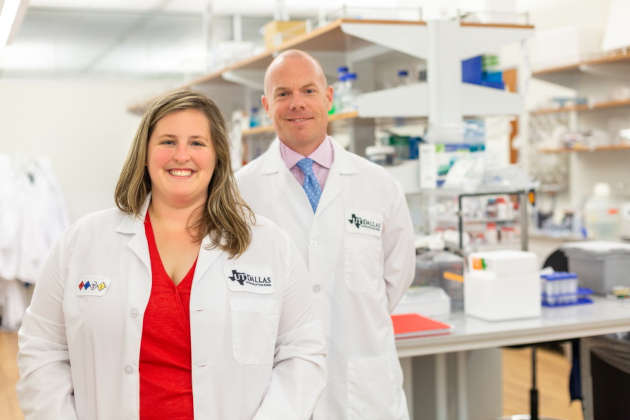Contents
It must be remembered that there is nothing more difficult to plan, more doubtful of success, nor more dangerous to manage than a new system. For the initiator has the enmity of all who would profit by the preservation of the old institution and merely lukewarm defenders in those who gain by the new ones.” Niccolò Machiavelli
Xcellence: Sustained Excellence (X) is a function of three things: Effective Leadership “L”; performance “P”; and, organizational health “H.” Expressed mathematically as: f(x) = (L) x (P+H) — Keith Thurgood
Change is not easy, but it is necessary. The American healthcare system faces many challenges, including the shift to value-based models, the containment of operational costs and the alignment of financial outcomes with clinical outcomes and market share growth. But, one of the biggest challenges is developing healthcare leaders who can drive sustainable change and balance the competing needs of stakeholders in a volatile, uncertain, complex and ambiguous — or VUCA — world.

Healthcare Professionals Must Lead the Change
Although physicians play an important role in any healthcare transformation, it isn’t just their responsibility alone. In fact, the healthcare industry needs leaders at every level. Leaders must think differently, act differently and deliver different results than in the past. Leading the changing business of healthcare requires professionals who have a more comprehensive skill set than most have today. If we are to establish a patient-centric system that delivers on the promise of a more effective and efficient service, we need capable leaders, and we need them now!
To illustrate the challenge of change, I am reminded of something I have referred to in past articles. It is the story of how ancient mariners marked their maps to denote uncharted territories. They used the Latin phrase “Hic Sunt Leones” — “Here Are Lions.” The phrase named the areas of great danger where only brave pioneers dared venture. Those who did venture into uncharted territories were, for the most part, never heard from again. Either, people believed, they fell off the “flat” Earth, or they were swallowed up by hungry monsters. Leading change also requires brave pioneers willing to test the institutional waters, challenge the “flat Earthers” and risk being swallowed up by the ravenous monsters that defend and protect the status quo.
There is danger in undertaking change, because it is risky and requires bold leaders to articulate a vision for change, relentlessly drive that vision and empower others to act. In short, leaders must operate at the speed of business, or better stated —at the speed of patients’ needs.
The Two Biggest Enemies of Change: History and Success
One reason for this anxiety is that real change involves real people. People who thrive in any organizational construct understand that leadership is the one constant that underpins sustainable Xcellence, drives transformational change and allows innovation to flourish. Organizational change always involves people.
As the authors Robert W. Rogers, John W. Hayden, B. Jean Ferketish and Robert Matzen noted in the book Organizational Change That Works (Bridgehill, Penn.: Development Dimensions International, 1985), “People must adapt. People change processes and roles. People cope with chaos. People make or break organizations. Indeed, when the human side of change efforts fail, the entire effort collapses.”
Operational changes are hard enough, but when coupled with cultural transformation, this dual transformation (operational and business strategies plus culture), is exponentially hard. This is one of the primary reasons we need effective leaders of character. Without them, we fail. Period.
We are on a journey. We are in “Protopia,” the state of becoming. On our organizational journey, we never reach the end because we are always learning, doing and becoming better. Our journey has taken the healthcare system to a critical crossroads. The path we choose now will determine our destiny. Choosing the right path will require thoughtful analysis, introspection and action. It will require breaking the institutional concrete and bureaucratic rigidity that dooms dynamic organizations. Inaction is not an option.
Challenges for Change Leaders
The primary challenge for change leaders is to overcome the natural organizational rigidity that tends to resist change. They have to focus the effort by clearly describing the what and the why of the change. And then influencing enough followers to tip the scales in favor of a new direction.
Leaders often search for the latest model, newest construct, flow chart or improved process as a means to overcome organizational inertia and achieve the desired vision. However, the good and the bad news is that there is no shortage of theoretical frameworks, constructs or models. And, when change is viewed from the lens of one of these models, it makes perfect sense. But, theory is one thing; the practical application is another.
Overcoming the Challenges of Change
The inconvenient truth, as suggested by Scott Keller and Carolyn Aiken, who are researchers on leadership and change management, is this: Effective leadership is the keystone of change management, but effective leadership is as “uncommon as it is essential.” Regardless of how much change may be needed or even recognized, leading change can be dangerous territory. As the pace of change in healthcare accelerates, and the industry transition from volume to value becomes a reality, the need for transformational leaders at every level in the healthcare space has never been more acute.
We need you to make a difference!





